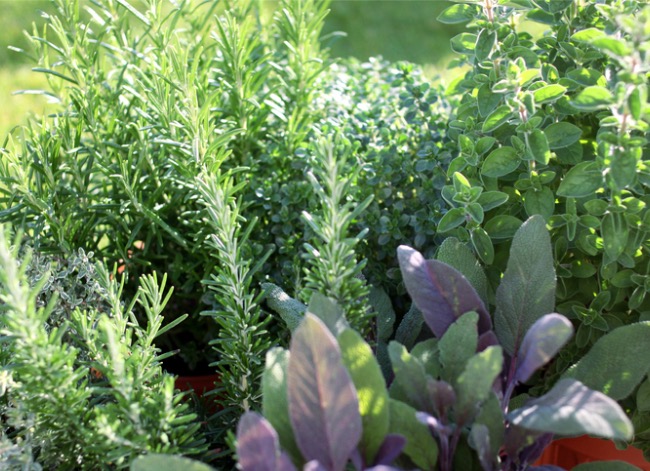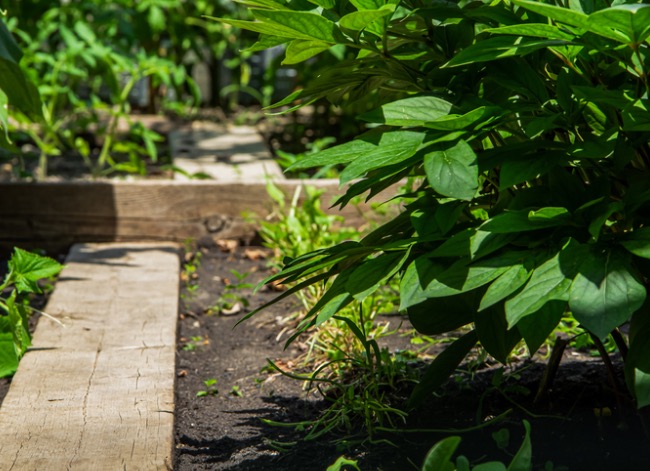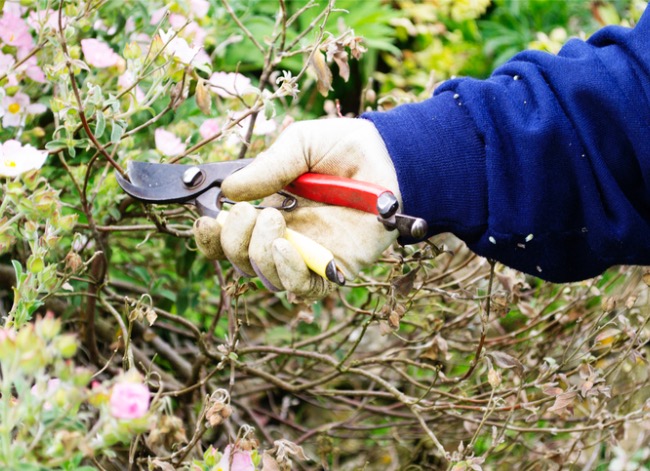

We may earn revenue from the products available on this page and participate in affiliate programs. Learn More ›
Food forests, also known as forest gardens, are a type of sustainable agriculture that has been used for hundreds—if not thousands—of years. They are created by using companion planting to create a miniature, self-sustaining ecosystem. While the concept has long been popular in tropical climates, it’s also possible to plant a food forest in cooler climates. Some American cities, including Seattle and Austin, have even planted public food forests in recent years for the benefit of their citizens.
Read on to learn all about food forests and how to grow your own fruits, nuts, and vegetables by planting one in your yard.
Tools & Materials
Bobvila.com may earn a commission from purchases made through these links.
BEFORE YOU BEGIN
Before we explore how to plant a food forest of your own, let’s look at the history of the concept. While food forests have been used since prehistoric times in certain parts of the world, the idea was only popularized a few decades ago as a global option.
Robert Hart introduced the term “forest gardening” in the 1980s. In his book, Forest Gardening: Cultivating an Edible Landscape, Hart explains how in one study, a plot of land measuring just a third of an acre was able to house “twenty-three young coconut palms, twelve cloves, fifty-six bananas, and forty-nine pineapples, with thirty pepper vines trained up its trees.”
STEP 1: Plan what you want to plant.
The first step is figuring out what types of plants will thrive in your area. Do your research to establish which perennial edible plants are hardy in your region. By choosing native species, your food forest will require much less work. Ensure that you have plants that complement one another and will grow symbiotically in your region and that there’s plenty of pollen and nectar to encourage beneficial pollinators to visit.

RELATED: The Fastest-Growing Vegetables, Fruits, and Herbs for Impatient Gardeners
STEP 2: Select the site and map the forest layout.
Choose where you want to plant a food forest on your property based on your available space. Make sure to do a full survey of the site before getting started, taking note of when it receives sunlight and whether it’s flat or sloped, and evaluating the soil to see what you’re working with.
Along with popularizing the term “forest gardening,” Robert Hart also created a seven-part system for companion planting. Here are the seven layers of a food forest:
- The canopy layer is made up of mature fruit and nut trees. Choose trees that grow to over 50 feet in height like pecan or walnut trees.
- The low-tree layer consists of smaller fruit and nut trees. This is a great spot for olive trees, cherry trees, and more.
- The shrub layer is typically made up of fruit and berry bushes. Raspberries, blueberries, and blackberries all belong here.
- The herbaceous layer consists of perennial vegetables and herbs. This is where you can grow mint, sage, and rosemary as well as a number of vegetables like asparagus and artichokes.
- The ground cover layer is made up of edible plants that grow horizontally and low to the ground. Some great picks include sorrel and watercress.
- The vertical layer consists of vines. Choose fruit that grows on vines like kiwis, grapes, or passion fruit.
- The rhizosphere refers to root-based plants grown underground. Think of examples like potatoes, carrots, and ginger.
STEP 3: Add pathways and fencing.
Fencing allows you to compartmentalize your food forest into sections that can be managed independently from one another. It can also act to protect your growing produce from wild animals and other critters. Pathways ensure you have room to move around the forest over time even as things grow. Be sure to leave room for paths so that you always have easy access to your plants.

STEP 4: Plant all at once or in stages.
Before you begin planting, it’s important to ensure your site’s soil is rich in nutrients. Consider having it tested and adding compost or fertilizers to help your plants thrive.
Then, it’s finally time to start planting. You can choose to plant seeds, seedlings, or more mature plants and trees, depending on your budget and timeline considerations. While purchasing young trees can be pricey, it’ll help you get your food forest up and running much faster. A food forest is a long-term investment, however, so you’ll likely plant in stages rather than all at once. Cover the ground with a layer of sheet mulch for weed control.
RELATED: 13 Ideas for a Vegetable Garden With Serious Curb Appeal
STEP 5: Cultivate your food forest.
Managing a food forest is a long term project, but luckily they are extremely low-maintenance once they’re established. There’s no need to till, weed, or fertilize frequently because once your food forest is up and running, it should largely take care of itself. One important step for some plants is pruning, which ensures they produce high yields. Over time, feel free to add new plants to the food forest in order to continue diversifying the vegetation of the area. Harvest fruits, nuts, and vegetables when they’re ready, making sure to let some flower so they can create new seeds.
By following these steps, you’ll be on the path to creating your own miniature ecosystem on your property. An established food forest will help feed you and your family for years—or even generations—to come.

